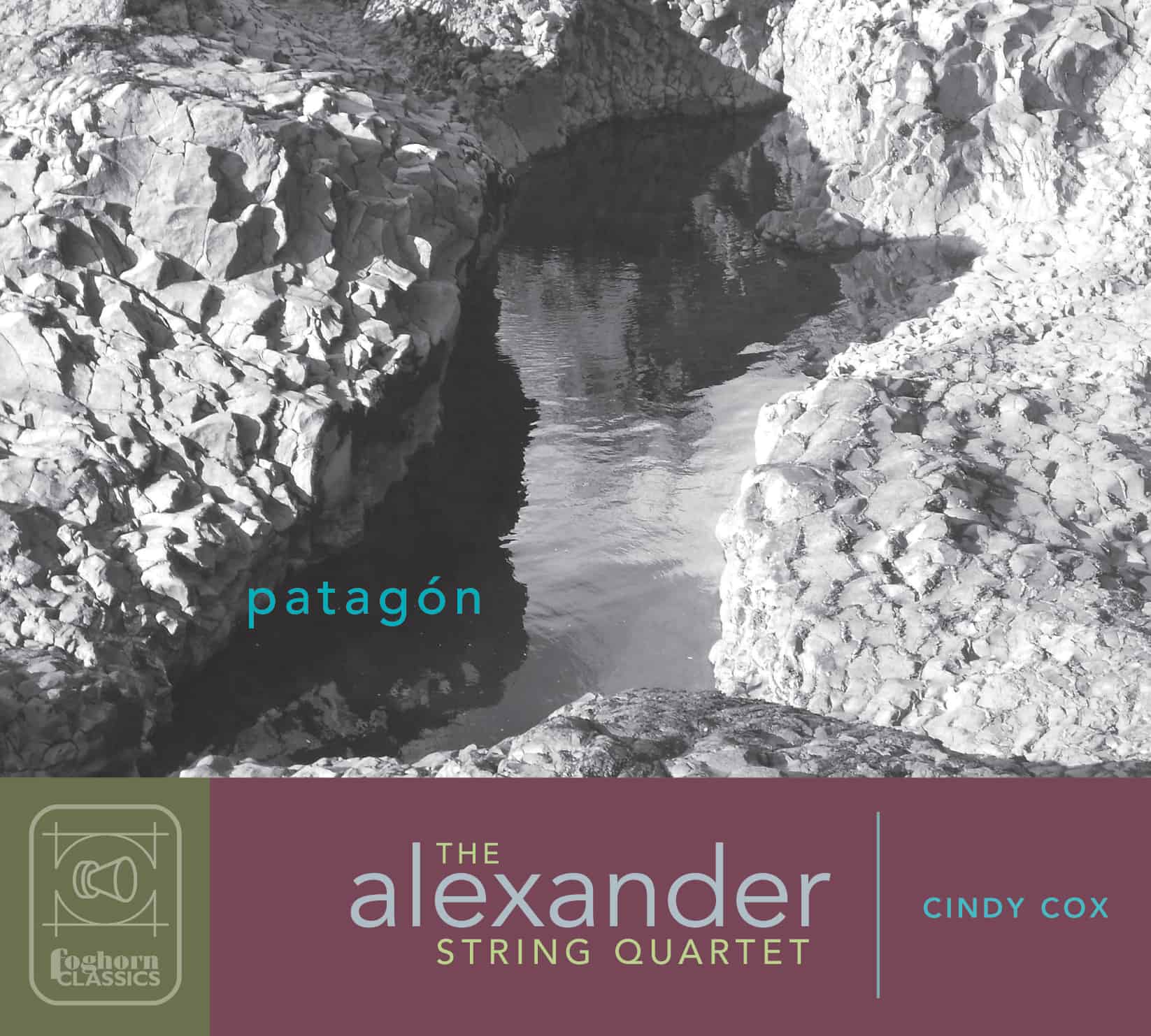 Patagón is the ancient, archaic name for the land of Patagonia. My newer compositions increasingly link to nature and landscape, and this latest string quartet evokes the idea of the far away, the other-worldly, and the remote. In 2011, I spent a sabbatical leave in travels to South America, and I was particularly inspired by a trip to the Valdes peninsula, a large nature preserve in the southern region of Argentina.
Patagón is the ancient, archaic name for the land of Patagonia. My newer compositions increasingly link to nature and landscape, and this latest string quartet evokes the idea of the far away, the other-worldly, and the remote. In 2011, I spent a sabbatical leave in travels to South America, and I was particularly inspired by a trip to the Valdes peninsula, a large nature preserve in the southern region of Argentina.
In this string quartet I try to elicit as many colors as possible, by using many different playing techniques — especially techniques involving bowing and harmonics. In the beginning you will hear an odd effect that string players call the “seagull”; it involves playing an artificially produced harmonic (by touching the string above a fingered note) while simultaneously gliding down the string — a very beautiful and eerie sound that does indeed evoke seagulls. Also in the opening is a gesture played with the wood of the bow (called “col legno”); it is a kind of “heartbeat” idea that is featured throughout all the movements.
Very prominent in the piece are the use of harmonics, where the player touches the string at a node that produces pitches that follow the overtone series. Other special techniques include playing near the bridge of the instrument, for a very glassy sound (“sul ponticello”), playing on the fingerboard for a very white, subdued quality (“sul tasto”), and pressing the bow very hard against the strings while bowing slowly (“overbowing”) — this last effect produces a harsh, crunchy sound that is sometimes difficult for the player to control. The third movement in particular was inspired by a couple of special days I spent with my family seeing the southern right whales (huge creatures that came right up next to our boat!) and visiting an enormous penguin colony — over half a million — at Punta Tombo, which my eleven-year-old daughter particularly enjoyed.
The titles of the movements pretty much explain themselves, but the last bears some note: the “Southern Cross” is the southern hemisphere’s equivalent of our Northern Star. Like the Northern Star, people use the Southern Cross set of stars as a fixed guidepost in the night sky, and other constellations are seen as revolving around it.
This piece was commissioned by the Alexander String Quartet for the occasion of their thirtieth anniversary season, and is gratefully dedicated to them.
—Cindy Cox
Amazon iTunes Apple Music ArkivMusic Spotify
Patagón (2011)
- Las aguas del sur (“The southern sea”)
- La tierra caliente que duerme (“The sleeping warm earth”)
- Ballenas australes y pingüinos de Magallanes (“Southern right whales and Magellanic penguins”)
- La tierra fría que duerme (“The sleeping cold earth”)
- La cruz del sur y el cielo que gira (“The southern cross and the revolving sky”)
